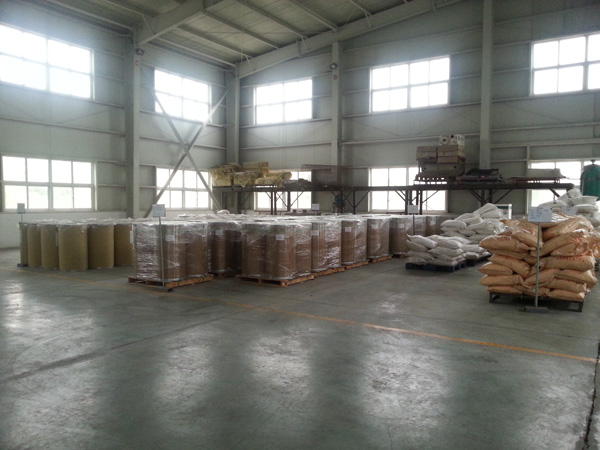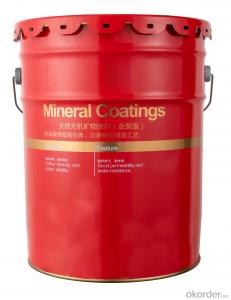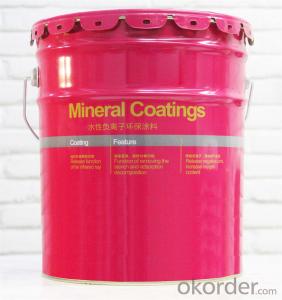
Specifications
1)Anionic PAM Oilfield chemical
2) MW: 18 million;
3) Inherent content: 90%;
4) ISO 9001: 2008 Standard.
Anionic PHPA for Drilling mud Industrial
Application Field:
1) EOR fields: The types and capability of macromolecule and super-macromolecule adopted in the third oil extraction (EOR) of the oilfield:
2) Flocculant: used widely for waste water treatment; industry sewage treatment, especially the sewage with high density, bit suspending granules, such as, the sewage of steel factory, electroplating factory, it has advantages of low cost and no pollution, also can be used in paper-making etc.
3) Drilling mud chemicals: in oil field exploration and development and exploration of geology, water and coal, it is used as adhesive of well drilling mud raw materials, can improve the service life of drill bits, improve the drill speed and drilling footage, and reduce plug in replacing drill, and has prominent well slough preventing effect, and it can be used as fracturing fluid of oil fields or plugging agent of controlling profile and plugging water.
3) Paper making industry: can be used as fining agent, residency agent, filtration aid and paper dry and wet intensity reinforcing agent in paper-making industry.
4)Slsughter, House and Dairy waster waster treatment, Private soil modification.
.
Item | Anionic type |
Appearance | white fine-sand shaped powder or grain |
Molecular weight | 6million~22million |
Solid Content (%) | ≥90 |
Degree of hydrolysis | Low/medium/high |
Dissolving Time (mins) | ≤40 |
Note: our product can be made upon your special request. |
Advantage:
1. Easy to dissolve, dissolve time 40min.
2.It is with high performance and it can adapt to a variety of conditions.
3. The dose is small and high efficiency.
4. High molecular, molecular weight 22million.
5. High purity, without impurity.


Package and Storage:
1. The solid product can be packed in inner plastic bags, and further in polypropylene woven bags with each bag containing 25Kg.
2. This product is hygroscopic, so it is should be sealed and stored in a dry and cool place below 35°C.
3. The solid product should be prevented from scattering on the ground because the hygroscopic powder can cause slipperiness.


























